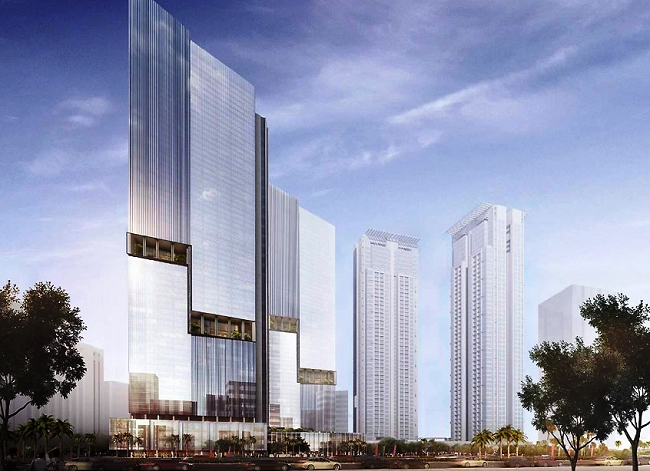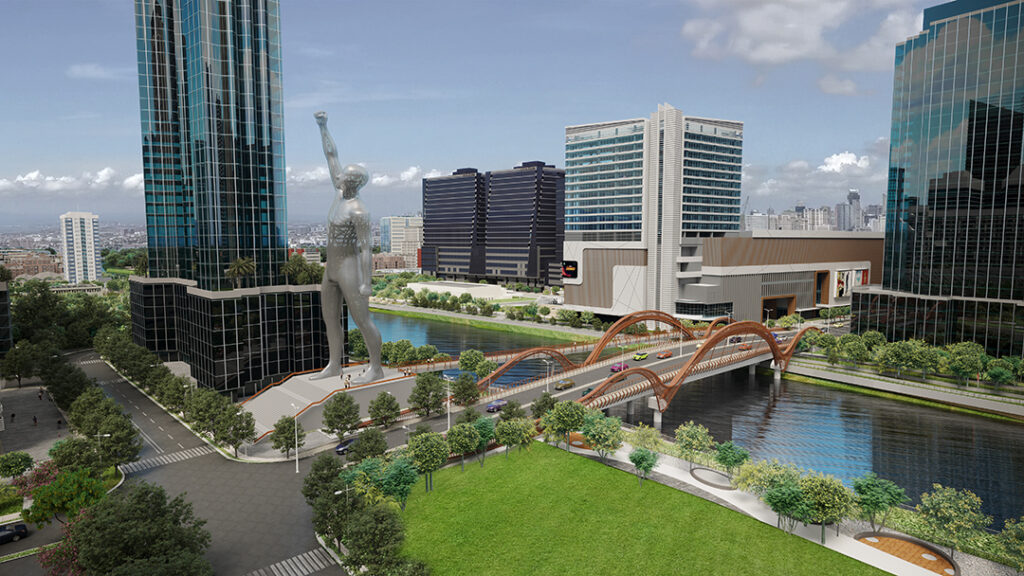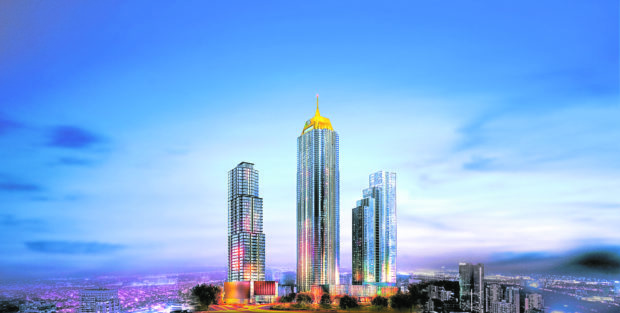The COVID-19 pandemic has wholly altered our lifestyles, highlighting the great divide between the pre-pandemic and post-virus era. The shift towards living in larger spaces is the new norm as people pay more attention to spacious living.
But the trend is more evident in the luxury market spaces. From a mere five percent of the total market in 2021, the luxury property segment accounted for 34 percent a year later and is expected to maintain its upward trend beyond 2023.
Despite headwinds from increasing mortgage interest rates, the
ultra-luxury segment shows robust resiliency; historical data indicates a stable real estate segment ready for rapid growth and investment sweet spot.
Experts believe the steady upward trajectory of the Philippine property space is due to several factors, including solid economic growth.
Over the past couple of years, the Philippines experienced significant economic recovery, with the country’s gross domestic product (GDP) expanding to 7.6 percent in 2022 from 5.7 percent in 2021. This led to a rise in disposable income among Filipinos and an increase in the wealthy class.
With the expanding economy, the demand for high-end properties among the growing affluent class also rises as the market seeks more luxurious lifestyles and upscale living environments.
“Over the medium term, the growth outlook will continue to be supported by strong domestic demand, driven by a robust labor market, continued public investments, and the positive effects of recent investment policy reforms, which could boost private investment. With continued recovery and reform efforts, the country is getting back on track on its way from a lower middle-income country with a gross national income per capita of $3,950 in 2023 to an upper middle-income country (per capita income range of $4,466 – $13,845),” the World Bank said in its prediction.

2024 outlook
As the government ramps up efforts to accelerate growth, Philippine economic growth is projected to accelerate next year.
For 2024, the Development Budget Coordination Committee targets to attain a 6.5 to 7.5 percent GDP expansion.
NEDA vowed that it would advocate for the critical pieces of legislation in its policy advisory role and as the Secretariat of the Legislative-Executive Development Advisory Council.
“These forthcoming reforms are designed to optimize the utilization of limited and valuable resources such as land, minerals, and public revenues,” National Economic and Development Authority (NEDA) Secretary Arsenio Balisacan said.
“The legislative measures addressing systematic challenges in particular sectors are intended to facilitate the development of industries and economic drivers that will create a more significant number of high-quality jobs, open up a variety of opportunities for our workers, and lead to sustained reductions in poverty and vulnerability in the future,” he added.
Balisacan assured that the government would also implement measures that mitigate the impact of the El Niño.

Rapid urbanization
The rapid urbanization of major cities across the country, including Cebu, Davao, and Metro Manila, creates the need for luxury and ultra-luxury developments that cater to the rising demand for upscale housing.
The so-called ‘new money’ from the urban elite and expatriates pushes the demand for a luxurious lifestyle.

Rising middle class
As more Filipinos move up their social status on the socioeconomic ladder, the demand for premium properties that offer exclusivity with enhanced amenities and prestige is also rising.
The expanding middle class is elevating their living standards, too.
All these factors sustain the growth in the premium and ultra-luxury developments, particularly in the rapidly urbanizing cities. The increasing land and construction costs likely encourage developers to offer more high-end homes, indicating a solid future for luxury living that would soon become the norm rather than the exception.
For developers, this paradigm shift in the Filipino’s living standards offers opportunities in urban cities and emerging residential hubs across the Philippines. Real estate investors must accept a shifting market and quickly adapt to the new realities in the domestic real estate space.
